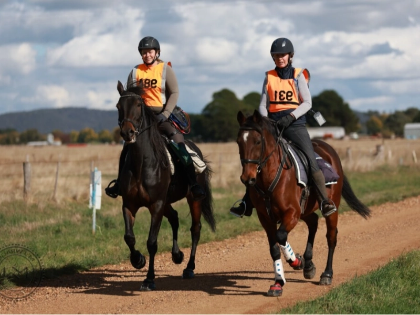Golf Swing Analysis: Using Technology To Improve Your Game
Attachable to your club or glove, a golf swing analyser records and sends data to a smartphone app. These apps can display you details including your club route, tempo, and more. Using two computer models, the authors examined the internal effort, kinetic energy, strain energy, and energy conversions in the golf club and body joints for four different amateur participants.
Setup
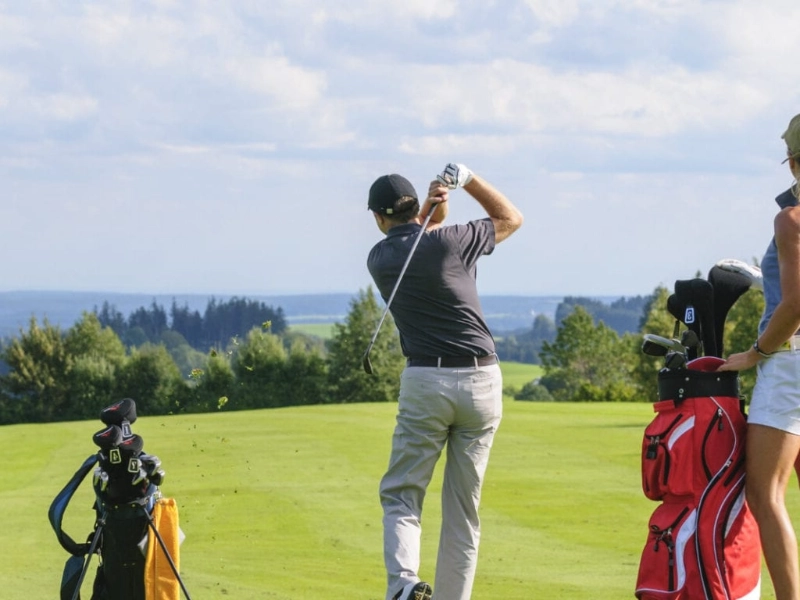
Backswing
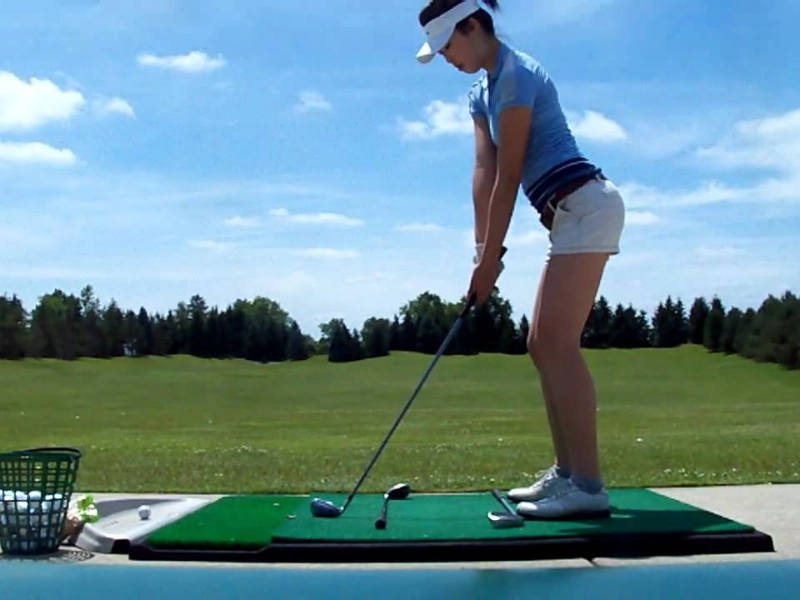 Many golfers believe that cutting a shorter backswing will improve their performance. You should be twisting your body, though, and avoid merely swinging your arms back. You also want to make sure your short backswing is not overly extended. Only extend the club as far as required for the correct rotation of your torso; use the aural feedback of Hackmotion to track your wrist position during your brief backswing.
Many of the poor top of their backswing positions golfers strike cause disastrous shots. Slowing down your tempo in the backswing is one of the most often given pieces of advise to attempt to fix this. GOLF Top 100 Teacher Jon Tattersall says this is not the correct strategy. Actually, it can cause more terrible shots. This is so because it will produce an uneven golf swing from a more mechanical backswing.
Many golfers believe that cutting a shorter backswing will improve their performance. You should be twisting your body, though, and avoid merely swinging your arms back. You also want to make sure your short backswing is not overly extended. Only extend the club as far as required for the correct rotation of your torso; use the aural feedback of Hackmotion to track your wrist position during your brief backswing.
Many of the poor top of their backswing positions golfers strike cause disastrous shots. Slowing down your tempo in the backswing is one of the most often given pieces of advise to attempt to fix this. GOLF Top 100 Teacher Jon Tattersall says this is not the correct strategy. Actually, it can cause more terrible shots. This is so because it will produce an uneven golf swing from a more mechanical backswing.
Impact
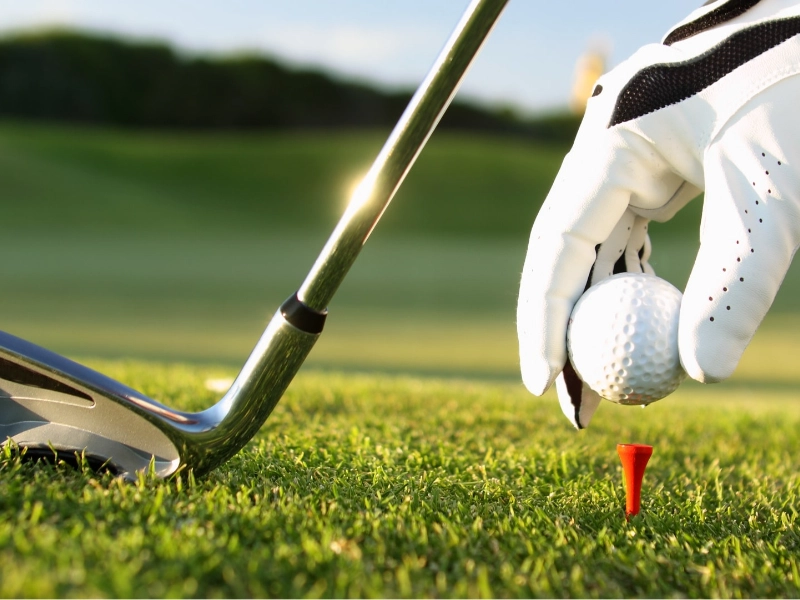 Examining the golf swing should have a whole picture in mind. This covers setup, backswing, impact posture, and followthrough. A thorough golf swing analysis will enable you to pinpoint areas of your golf swing that most require improvement.
One strategy to examine the golf swing is to consider energy. For four different amateur participants, this study determined internal and external effort, kinetic energies, strain energies, energy conversions, and efficiency in the swing using a comprehensive model of the club and whole body computer models.
Although swing analysers can offer useful information, a professional golf coach cannot be replaced. Working with you, a golf coach will help you to build a thorough long-term improvement strategy and grasp your particular swing. They will also offer direction on other facets of the game, like course management and mental strategy. This guarantees that your swing analysis and lesson expenditure maximises your investment.
Examining the golf swing should have a whole picture in mind. This covers setup, backswing, impact posture, and followthrough. A thorough golf swing analysis will enable you to pinpoint areas of your golf swing that most require improvement.
One strategy to examine the golf swing is to consider energy. For four different amateur participants, this study determined internal and external effort, kinetic energies, strain energies, energy conversions, and efficiency in the swing using a comprehensive model of the club and whole body computer models.
Although swing analysers can offer useful information, a professional golf coach cannot be replaced. Working with you, a golf coach will help you to build a thorough long-term improvement strategy and grasp your particular swing. They will also offer direction on other facets of the game, like course management and mental strategy. This guarantees that your swing analysis and lesson expenditure maximises your investment.
Follow Through
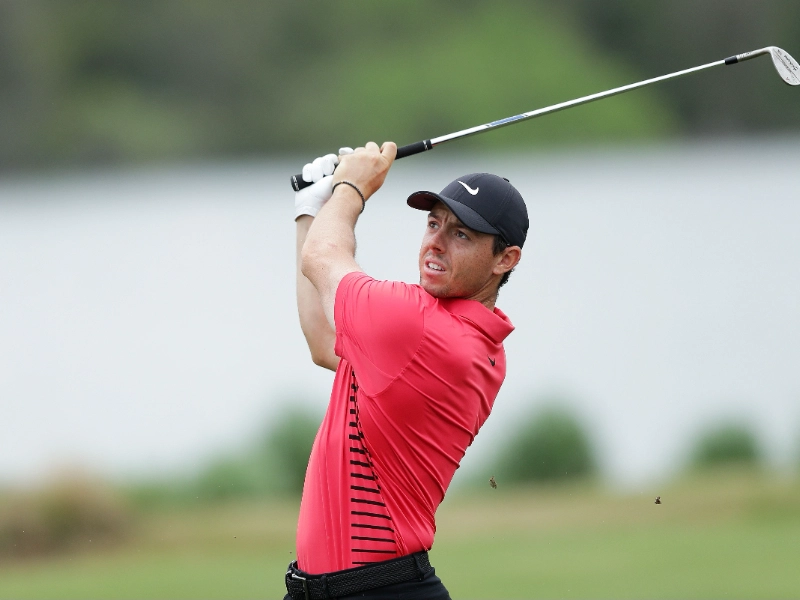 Unlike many other sports, golf is not regarded as a high-tech activity and it has not embraced the kind of statistics and analytics that drive many others. Mark Walsh, a biomechanics researcher at Miami University, and Young-Hoo Kwon of Texas Women's University are trying to reverse that, though, and they have some fascinating ideas about how to accomplish so.
They have demonstrated, for instance, that it is not required to have all of your weight on your trail leg at the top of your backswing. They also found that power might be raised by keeping the lead wrist flexed rather than cupped during impact.
Furthermore, 3D swing analysis can identify movement trends that might strain places vulnerable to harm. This data-driven method removes subjectivity and lets more focused practice hasten skill development. It can also be used to track development over time, therefore guaranteeing that training courses concentrate on the correct areas.
Unlike many other sports, golf is not regarded as a high-tech activity and it has not embraced the kind of statistics and analytics that drive many others. Mark Walsh, a biomechanics researcher at Miami University, and Young-Hoo Kwon of Texas Women's University are trying to reverse that, though, and they have some fascinating ideas about how to accomplish so.
They have demonstrated, for instance, that it is not required to have all of your weight on your trail leg at the top of your backswing. They also found that power might be raised by keeping the lead wrist flexed rather than cupped during impact.
Furthermore, 3D swing analysis can identify movement trends that might strain places vulnerable to harm. This data-driven method removes subjectivity and lets more focused practice hasten skill development. It can also be used to track development over time, therefore guaranteeing that training courses concentrate on the correct areas.








